Now that the SC has opened the pandora’s box, a more biting investigation could be undertaken. It would be interesting to trace where the investment for these recent companies came from. Did the money flow from the politician to the so-called entrepreneur and is the favour being returned through the EB transactions? It would be eye opening to investigate whether this an ingenuous way of money laundering.
They said that the Supreme Court ruling was a slap in NaMo’s face. They also said that the SC decision was the saviour of India’s Democracy. They further said that the order upheld robustly the citizens’ fundamental right to information. They added that the aftermath would lay bare the dirty nexus between the NaMo government and big players in the (political) economy of the country. They hoped that for once the Augean stables of Indian politics would be cleaned. Political pundits and analysts- both recognised and self-proclaimed- waxed eloquent and smelt the beginning of the end of the NaMo government that seems politically unstoppable.
By this time informed readers must have guessed that I am talking about the SC order directing State Bank of India (SBI) to submit to the Election Commission (ECI) details of the Electoral Bonds (EB) introduced by the present central government some seven years ago. It further asked SBI to furnish details of which buyer had blessed which party with what amount after purchase of the EBs. Euphoria over this bold, unanimous (rather rare) ruling of SC was remarkable. The BJP went on back foot submitting to the order tepidly and said it would wait for further developments. Suddenly it seemed that there was light at the other end of the tunnel.
True to form, the SBI threw a spanner in wheels set in motion by the SC. For its survival the SBI has to be more loyal than the king! It serves the State of India and not the SC. So, it ‘humbly’ declared its inability – despite huge number of sitting pretty man power and all modern technology for data accumulation and analysis at its disposal - to furnish the data as and when directed by the SC. The perpetrators of the EBs smugly shrugged their shoulders. They could go on with their machinations for the parliament elections expected to hold almost yesterday. The ball was not in their court, thank heavens! The SC, showing late determination to assert itself, ordered the SBI to stop this hanky-panky and submit the names and amounts of the buyers and bonds on/before March 15. SBI rose (froze?) to the occasion and now we have those buyers’ names with the figures. This covers broadly EB transactions 0f around Rs 12000 cores. Another estimate shows that the total worth of the EBs since their inception in 2017 could be around Rs 16000 crores.
Expectedly, the parties to benefit from this clean(!) practice reflect their political strength-both apparent and latent. BJP hogs over 50 per cent: between 6 and 8 thousand crores. Congress reduced to lesser than its size - comes a mediocre 2nd with 12-13 hundred. It is threatened by Trinamul Congress (TMC) even at that modest placement. These are followed by the Bharat Rashtra Samiti (BRS) and the Biju Janata Dal (BJD) and the DMK since the top EB buyer (a lottery and health service peddler) is from Tamil Nadu. Put together these 6 parties have collected bonds worth around 13,000 crores. No analysts are needed to tell us that this befits their track record since 2014 and their prospects 2024 onwards. It also confirms how the major parties are rated by players in the economy.
The companies to buy these EBs have been the biggest surprise. There are no Tatas, Birlas, Walchands, Mahindras, Kirloskars, Oberois etc. here. Nor do we see Bajaj, Maruti Udyog and Firodiya et al. The much ill-flaunted Adanis or Ambanis too are nowhere to be seen. The top buyer is a lottery (lootery?) and health (!) service organisation with almost 10 per cent. Moreover, some of the top buyers have already incurred ‘favour’ of the ED and their affairs are under scan. Some companies which benefited from the countrywide infrastructure boom have shown their gratitude by buying Ebs according to their capacity. Further and worse, some companies bought Ebs worth more than their profits. All in all, if the political break-up is obvious the purchase break-up is dubious.
No wonder that the pre/post-independence giants don’t figure here. They curried favour of the State right from the British period and continued to do so till glibralisation (my coinage) of the economy at home and world over. They are too big to seek favours from NaMo and Co. The case might be the opposite! The EB buyers had to come from companies set up fairly recently under the quick produce, quick cell and quick earn culture of consumerism which encourages infrastructure development to mind boggling levels. It keeps raising comfort levels, creating new needs all the time. No irony here! Faith in lottery and health expenditure are the theory and practice of the present ethos!
The SC has asked SBI for the EB numbers: whereby it could be established which party received what EBs from which company. This is bold but only superficially. Our business leaders are known to salute the rising Sun (the Son too, occasionally!). It can be conjectured that they must have favoured the two national parties - BJP and Congress - in that order and must have blessed the other state parties in power - TRS’ loss of power is just a thing of yesterday. Even when the BJP was a political toddler in the 80’s with just two MPs in Lok Sabha the then party general secretary and de facto treasurer Pramod Mahajan would confide: Vinay, if the business lobby gives Rs 10 to Congress, they are wise enough to give Me (BJP) 5!
All this was anybody’s guess, I believe!
Be that as it may, now that the SC has opened the pandora’s box, a more biting investigation could be undertaken. It would be interesting to trace where the investment for these recent companies came from. Did the money flow from the politician to the so-called entrepreneur and is the favour being returned through the EB transactions? It would be eye opening to investigate whether this an ingenuous way of money laundering.
There is one more machinery at work: Electoral Trusts. According to recent reports this method works faster. Companies receive contracts from the State today and the negotiated sum is transferred to the political party tomorrow if the reported details of transactions at the Prudent (how apt) Electoral Trust is ‘trusted’! The SC can go a step further and ask the connected financial bodies to submit details.
Apart from the last two points the rest to come out of the SC’s bold action could have been arrived at by simple logic. This issue cannot be politicised because both member parties of both NDA and the precarious INDIA front have received EB support. Yet there is a long-standing issue here that has been unsolved since independence and the establishment of the Peoples’ Republic of India: funding of political parties and election expenditure. One also suspects that this lapse is by commission and not omission.
Take election expenditure first. For one LS seat the EC limits expenditure at 75 lakhs for smaller states and 95 lakhs for large states. It follows that if a large constituency has around 5 main candidates the total expenditure there would be around five crores. For a small seat it would be around 3.5 crore. With the same logic a general election to parliament need not cost more than 3000 crores.
And we are trying to trace the destinations of EBs worth 16000 Cr! For just between two elections. So EC restrictions are absolutely ridiculous and impractical! A lot more cash flows into the economy when the election tide is high.
After the 2003 LS polls (haste made waste for BJP) my friend Gopinath Mundhe had publicly stated that his victory had cost him Rs 8 Cr: when the EC limit was at a paltry 40 lakh! Nobody contradicted him and except Digvijay Singh-known to say the wrong thing at any moment-had demanded his resignation and asked the EC to sue him. That was 20 years ago. By a thumb rule money doubles every seven years. So, 8 cr then is 64 cr now. This is the amount of 1 party for1 seat. We can safely put a conservative estimate for one LS seat at 100 cr, inclusive of all candidates. This will take us to the figure of 54300 cr for the entire LS. We can add to that the election to the RS and perhaps make a reasoned guess at the cost of one parliament.
If we add to above the costs of establishment and running a party between elections, we will agree that democracy needs parties and parties need money.
How to get that money and how to keep check on it so that the tail (cash) does not wag the dog (party) will have to be discussed in a separate piece. Right now, let us see what more revelations will surface as SBI continues to provide details on EBs. I fondly hope that the code of conduct does not put brakes to it…
- Vinay Hardikar
vinay.freedom@gmail.com
(The writer has been working in the public sphere of Maharashtra for the last five decades. His versatile personality has several dimensions, but the primary ones remain to be that of an established writer, journalist, editor, critic, activist, and teacher.)
Tags: निवडणूक रोखे विनय हर्डीकर सर्वोच्च न्यायालय स्टेट बँक ऑफ इंडिया लोकसभा विधानसभा निवडणूक विनय हर्डीकर इंग्रजी लेख साधना डिजिटल sadhana english articles sadhana digital kartavya digital portal Load More Tags



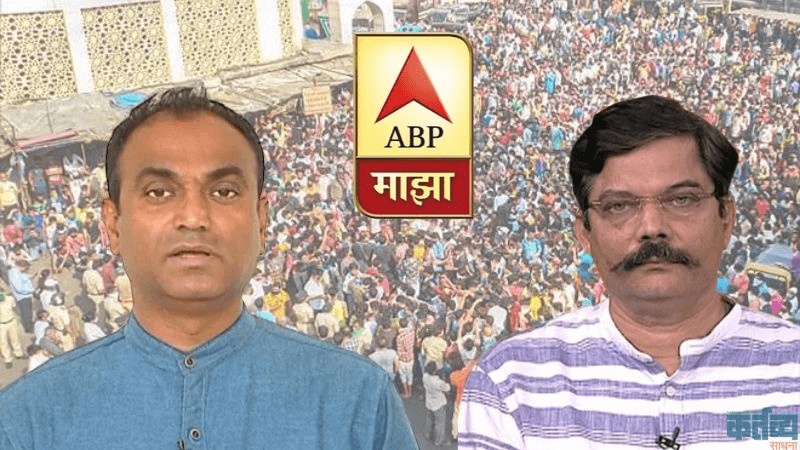

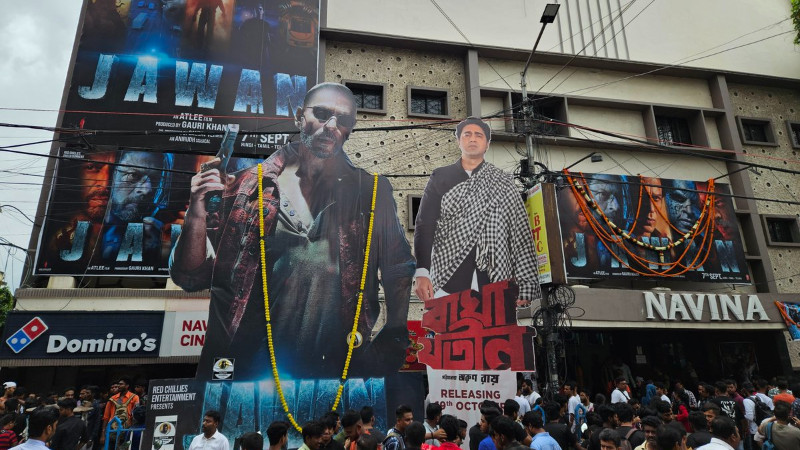
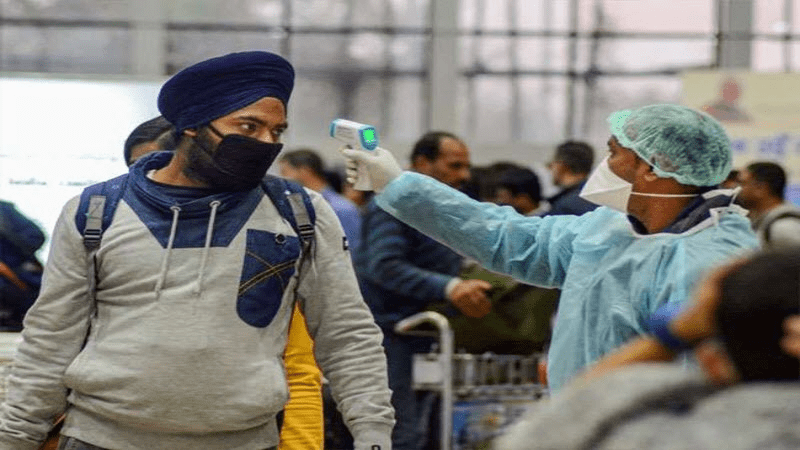
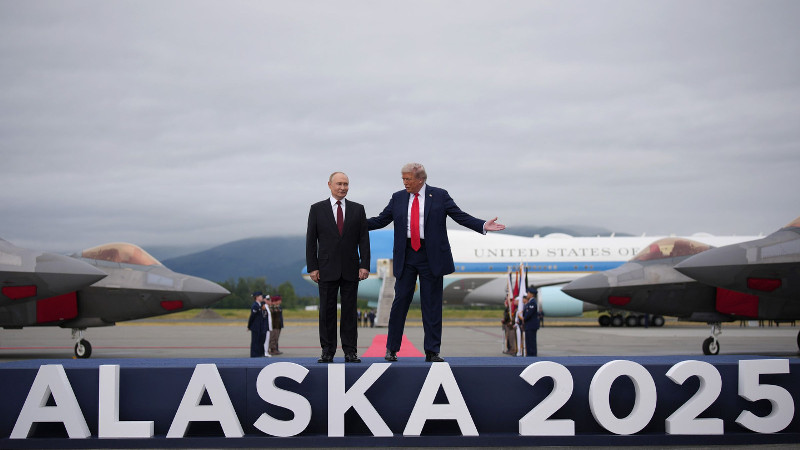




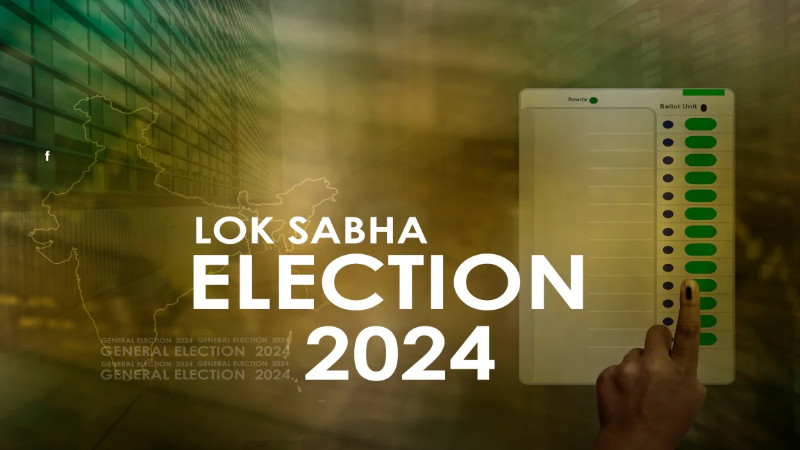

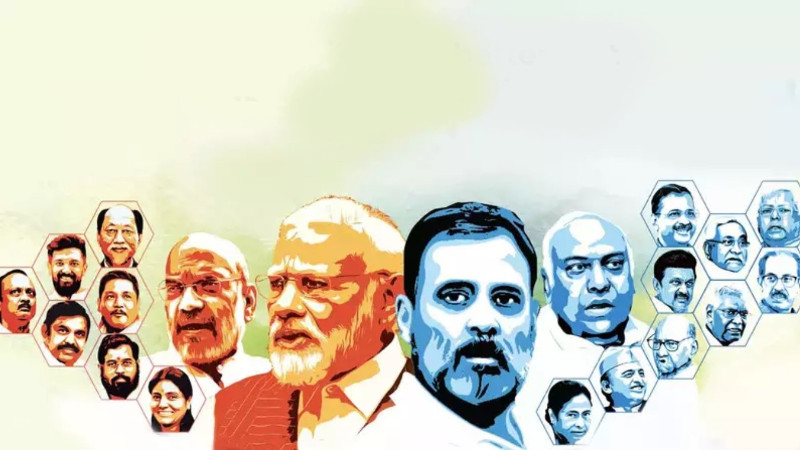
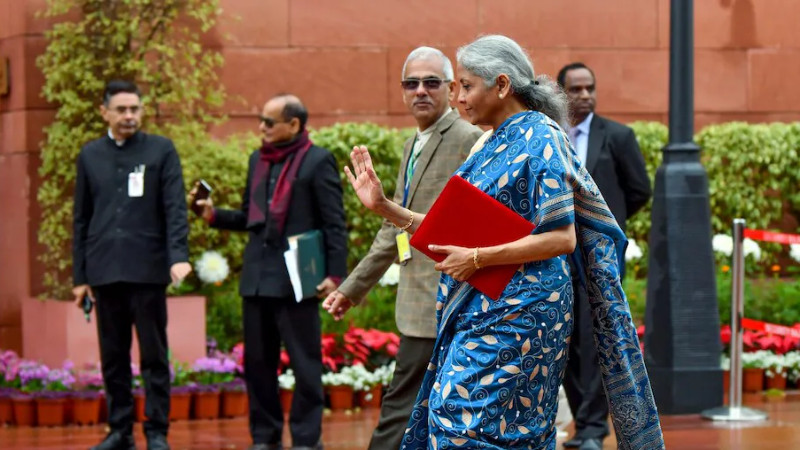
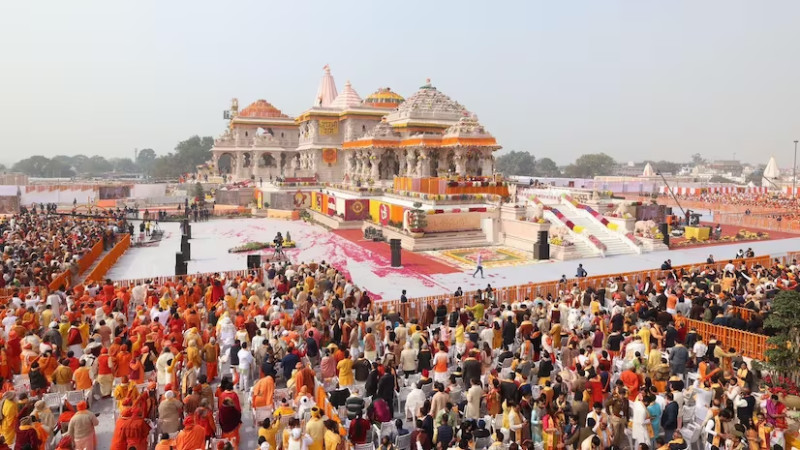
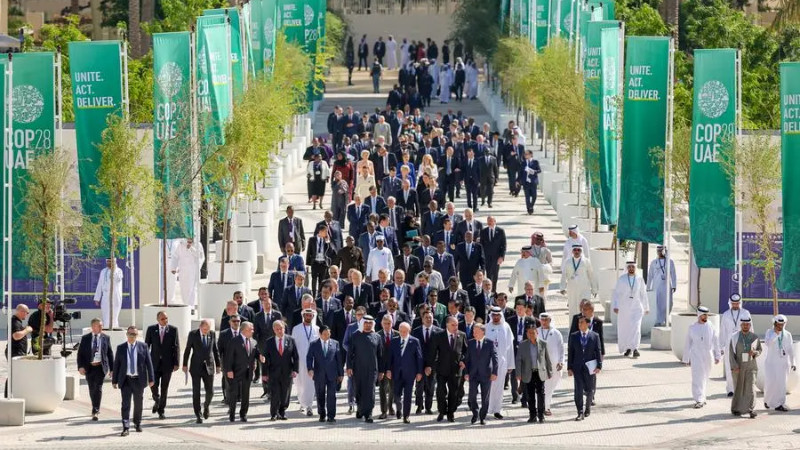
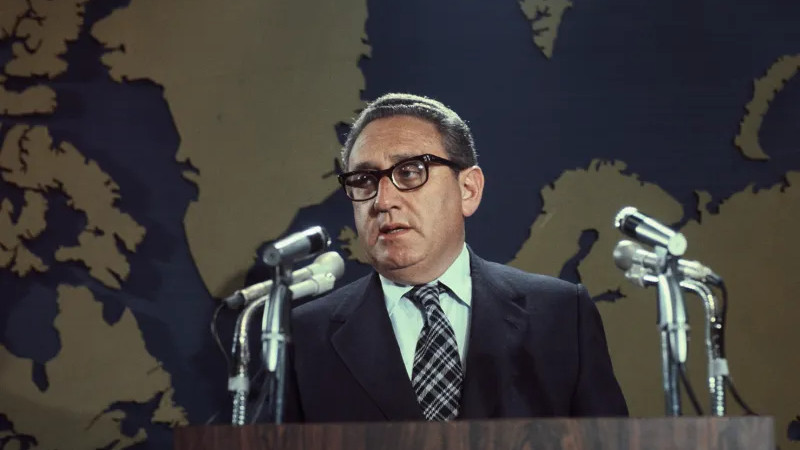

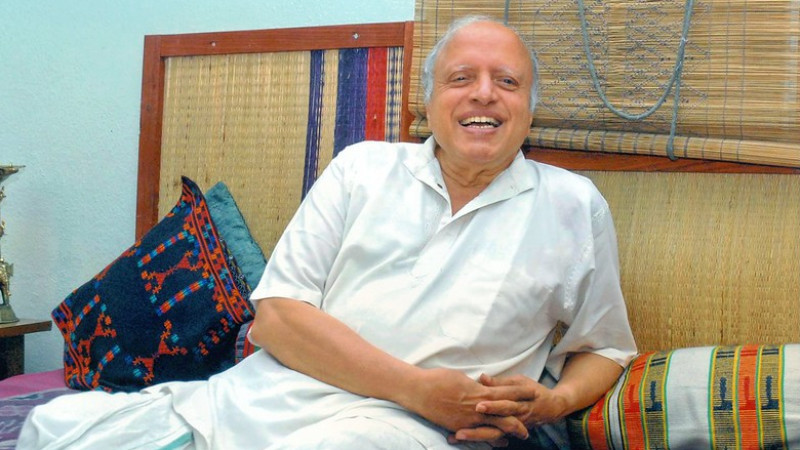

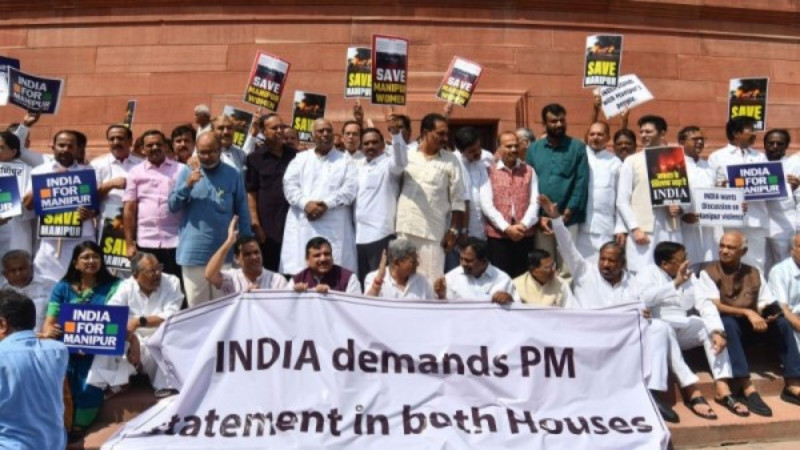
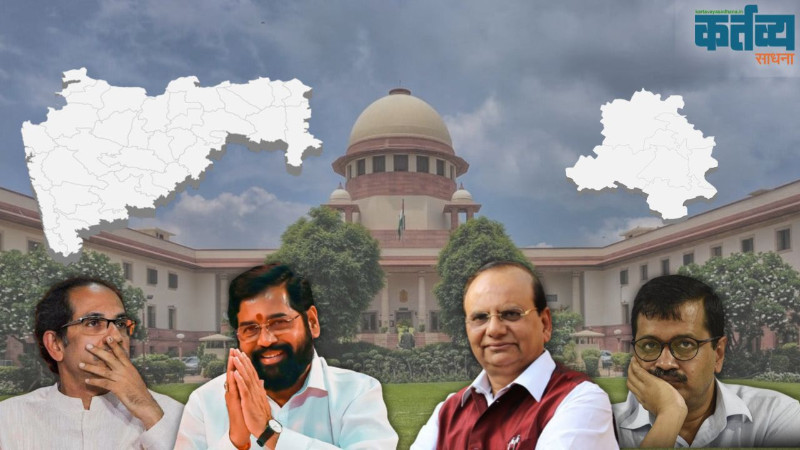
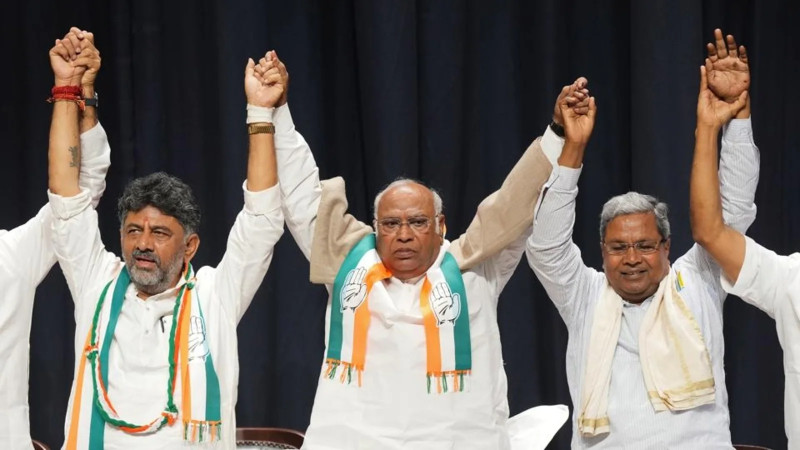
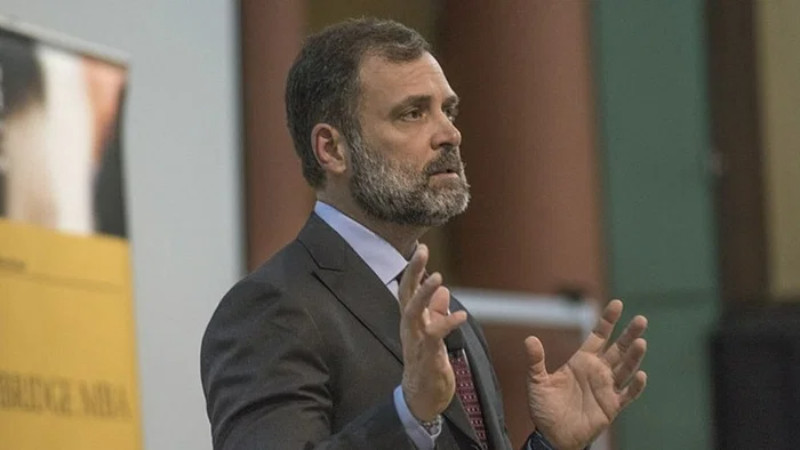

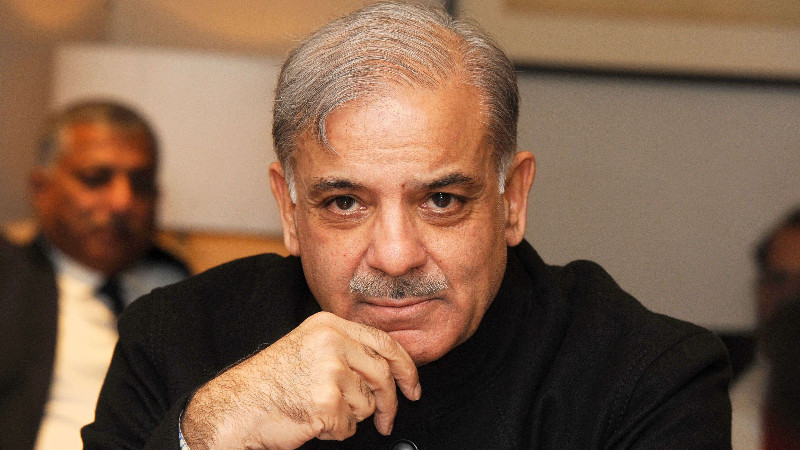
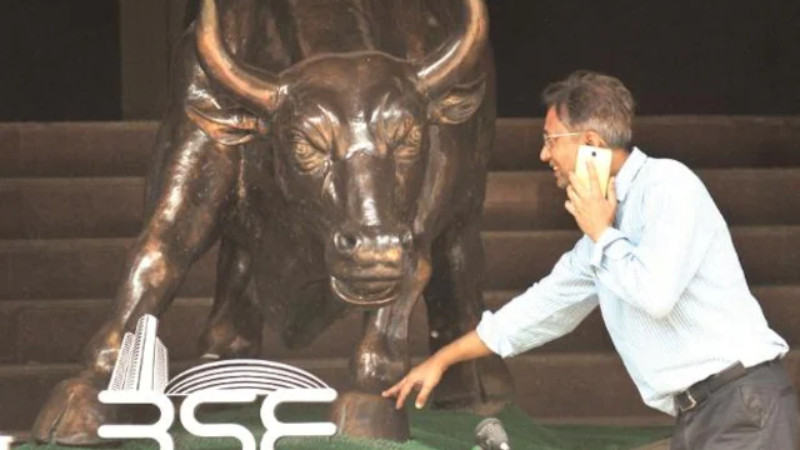
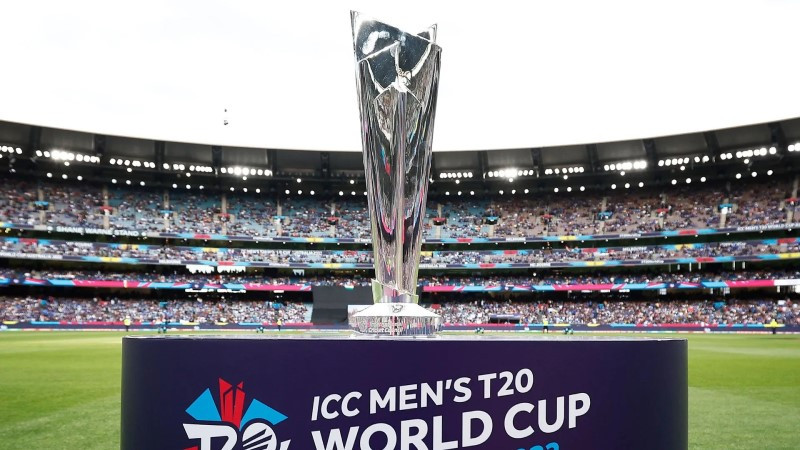
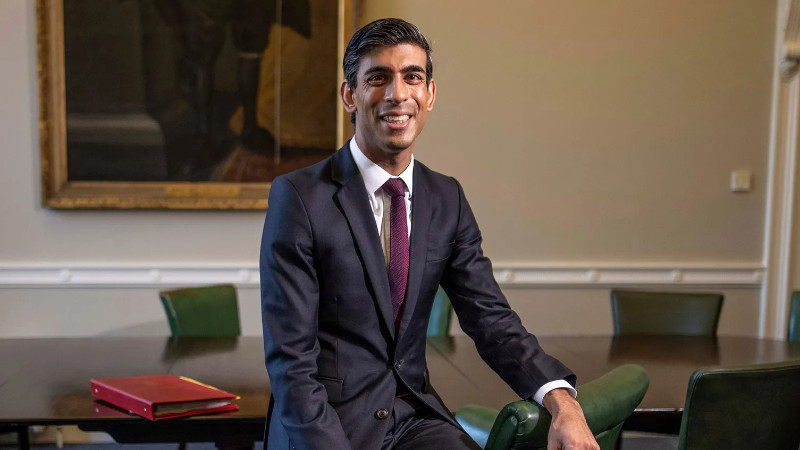

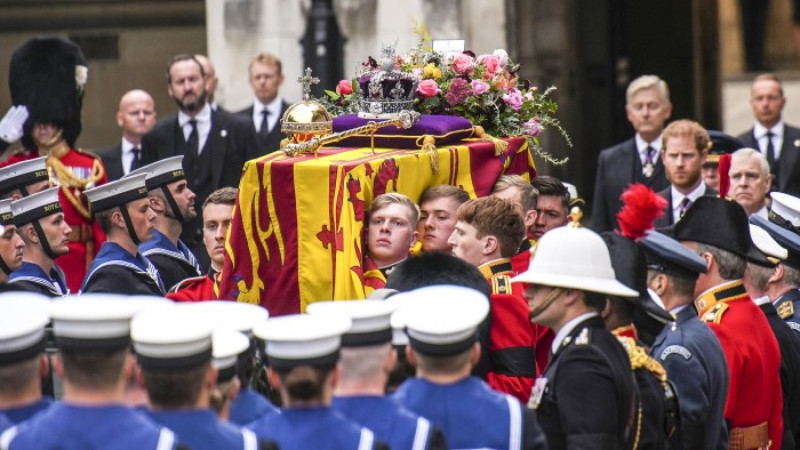
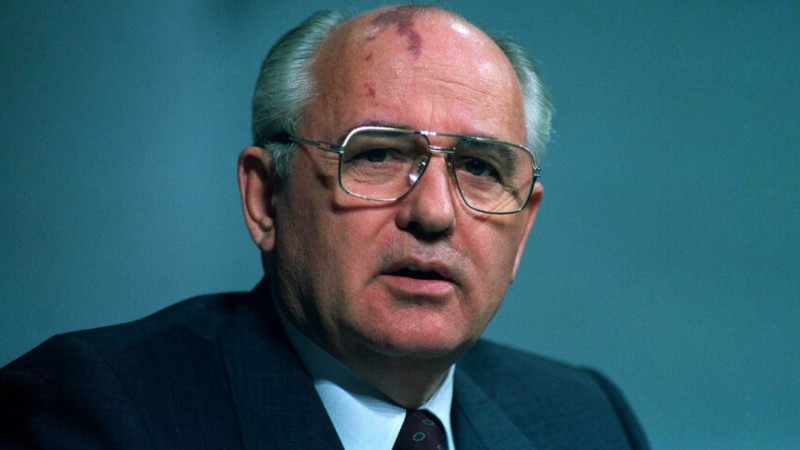
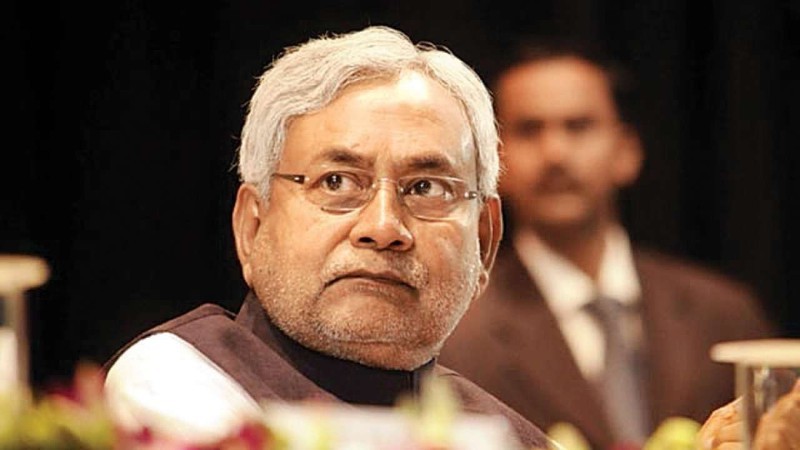
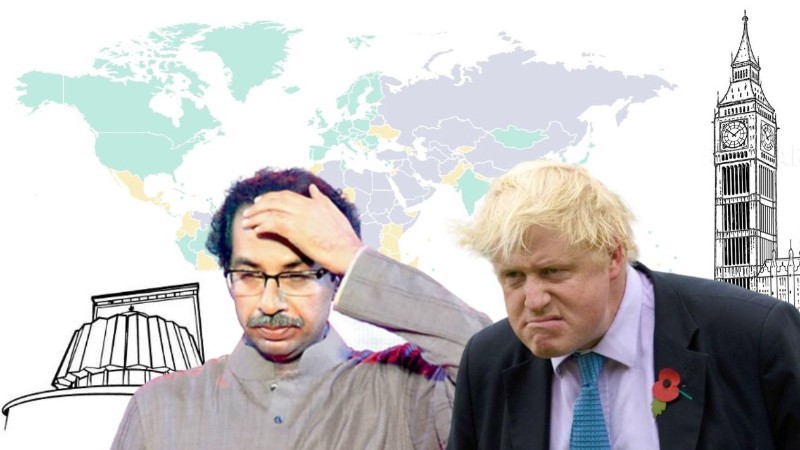

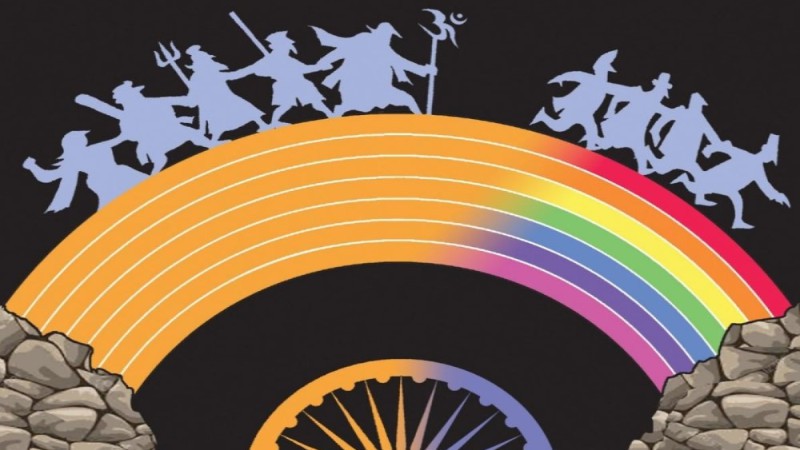
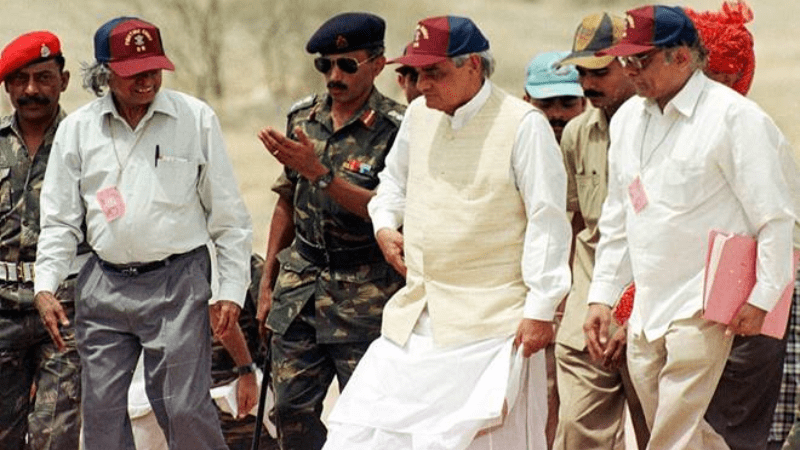
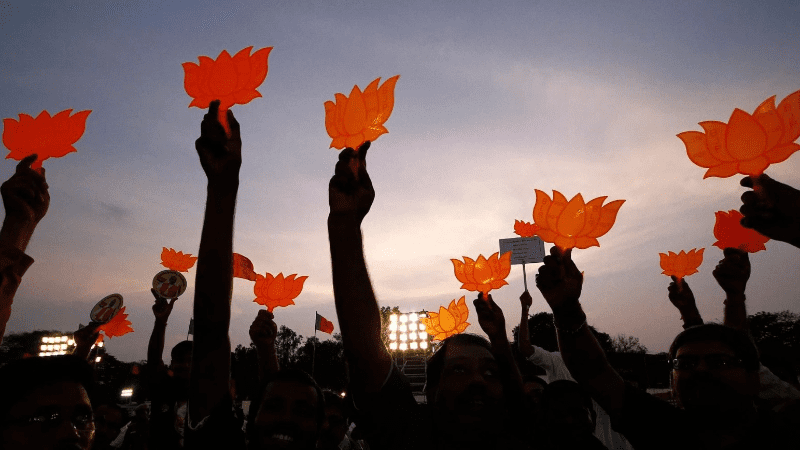
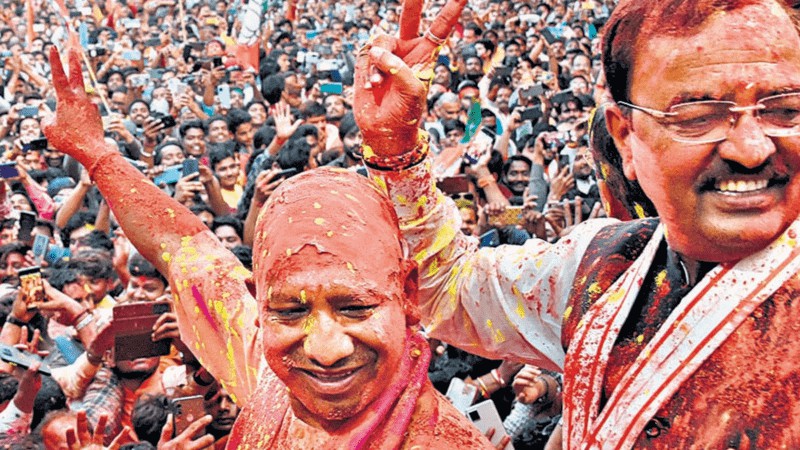



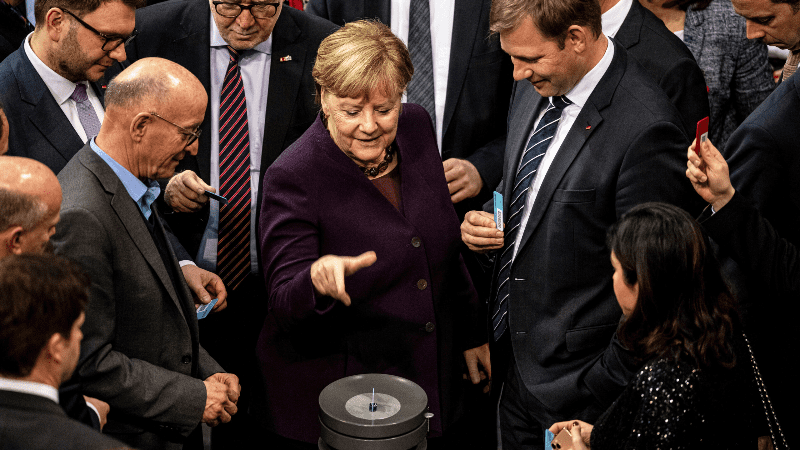
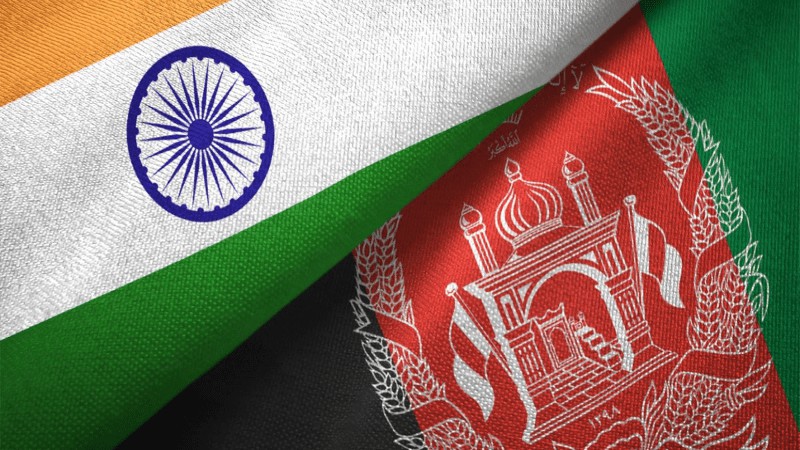

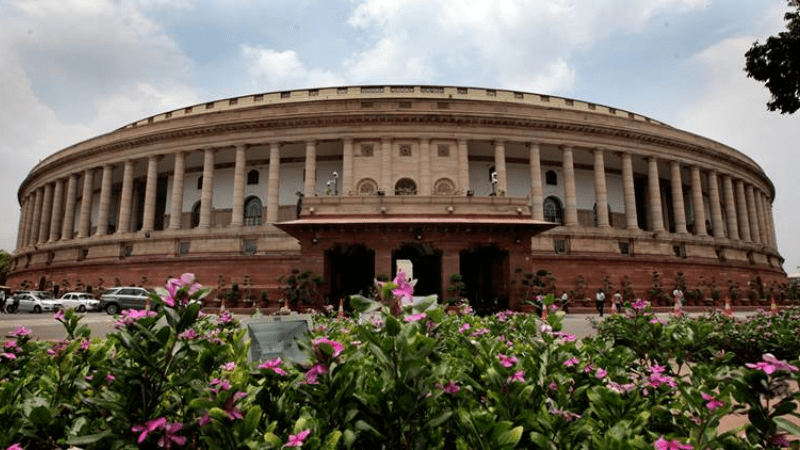
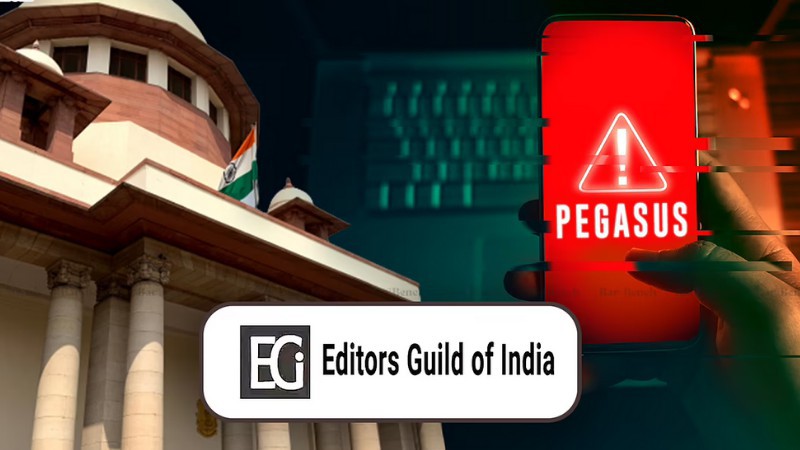
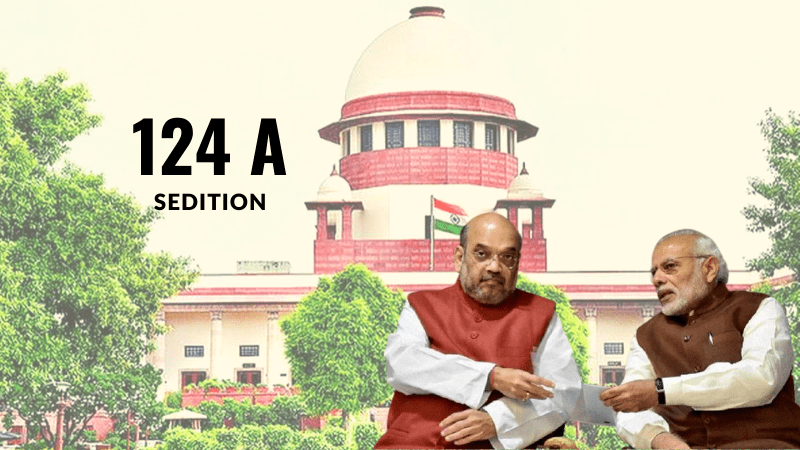

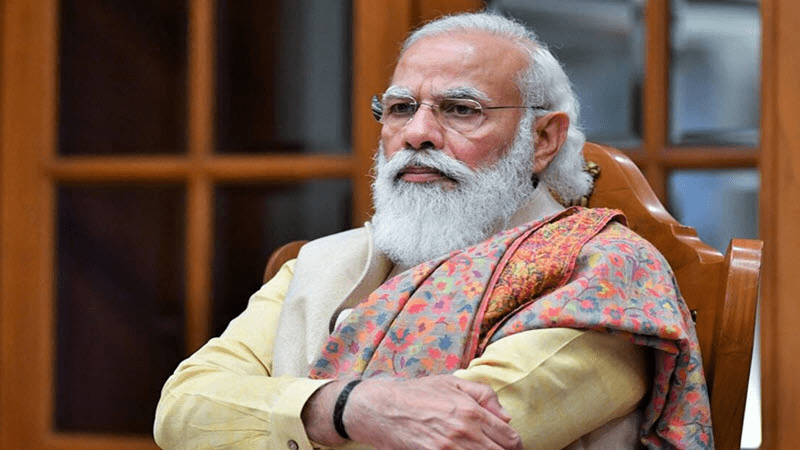
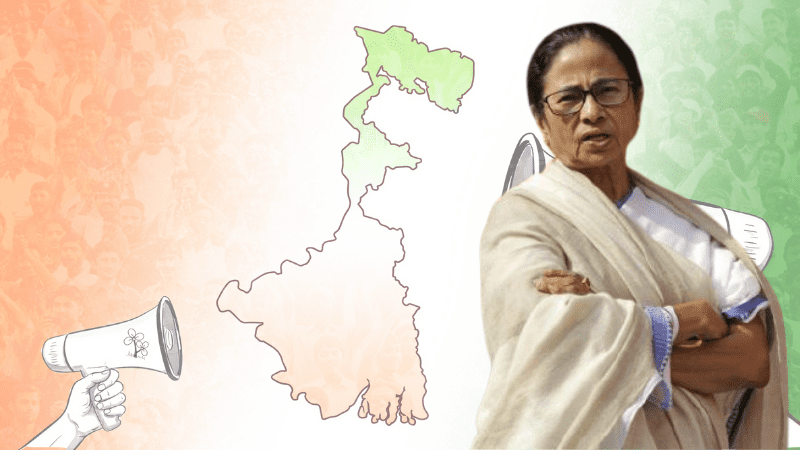
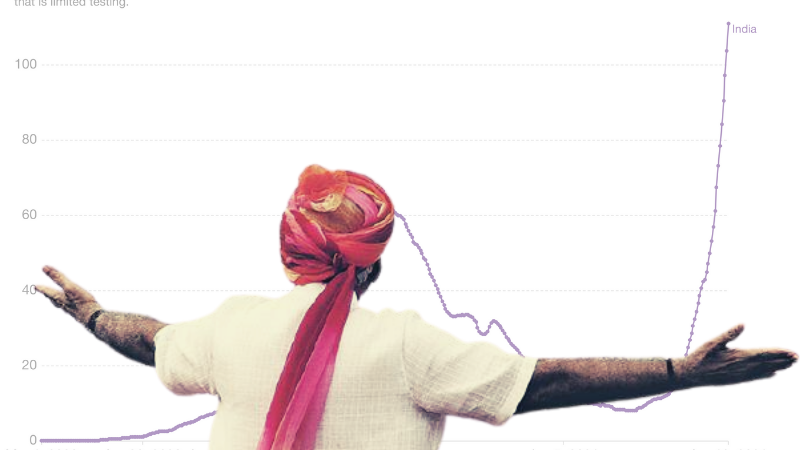

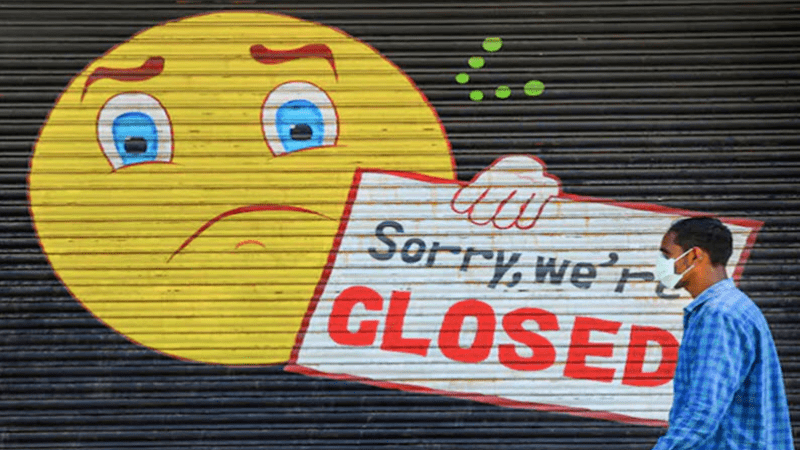

























Add Comment